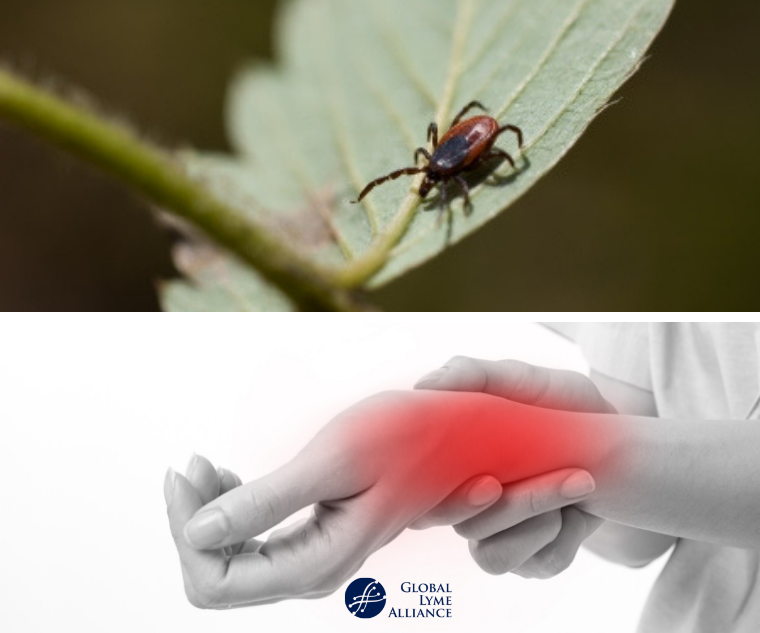
New study focused on people with Lyme arthritis, but findings may apply to chronic symptoms of the tick-borne disease.
A small but significant number of people with Lyme disease continue to suffer from symptoms long after finishing an antibiotic treatment. The mystery of why may have come closer to being solved with a study published Monday that found that bits of the Lyme bacteria can persist in patients’ inflamed joints even after taking antibiotics.
Lyme arthritis, the most common feature of the late-stage disease, leaves patients with swollen, painful joints. Researchers examining synovial fluid from those inflamed joints also found antibodies to the persisting molecules, called peptidoglycans, that come from the outer covering of the Lyme bacteria, according to the study, published in the Proceedings of the National Academy of Sciences.
That immune response “appears to be an important part of Lyme arthritis,” said the study’s lead author, Brandon Jutras, an assistant professor of biochemistry at Virginia Tech. “So, if we can prevent that response, we suggest that this could expedite resolution or eliminate symptoms entirely.”
People develop Lyme disease when a black-legged tick bites them and in the process transmits the bacterium Borrelia burgdorferi... To read the full news article on nbcnews.com, click here. To read the study, click here: Jutras 2019 Bb peptidoglycan is a persistent antigen in pts with Lyme arthritis[1]Learn More about GLA's Research Initiatives
Lyme Disease Research Report: Looking Back, Moving Forward Published Research Findings 2017-18 Grantees Postdoctoral Fellowships





-2.jpg)
